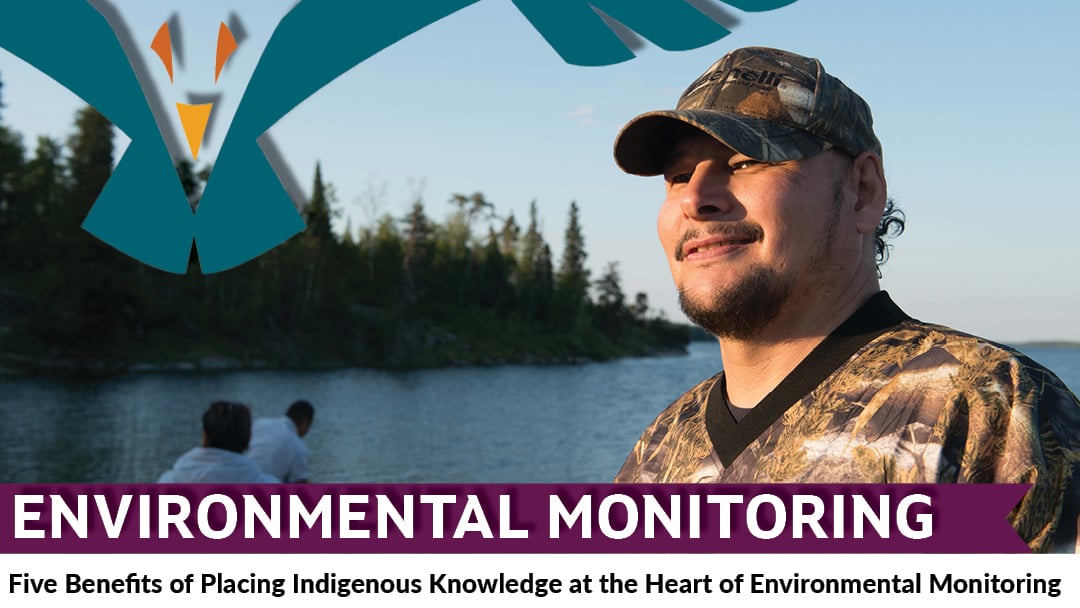
Darrell Settee of Pimicikamak Cree Nation, image taken by Laura Taylor
With field season quickly approaching, we are revisiting our Environmental Monitoring Guide as a source of inspiration! Today in our blog, we are talking about the benefits of placing your community’s Indigenous Knowledge at the heart of your environmental monitoring plan. For some time, our team has been using the concept of “braiding” Indigenous Knowledge with western science as a way to acknowledge the crucial and defining role that these ways of knowing play in creating effective monitoring programs. While this still holds true, we’ve recently heard a new way of framing this concept that resonates with us even more: instead of just throwing Indigenous Knowledge into the mix of an existing western framework, what if we elevate it to be equal with western science? How would that change the environmental monitoring programs we create – and their impact?
Let’s keep that shift of language in mind as we talk through the benefits of placing Indigenous Knowledge at the heart of your environmental monitoring programs. Throughout this article our SVS experts discuss the centrality of Indigenous Knowledge in building effective monitoring programs. They also explore how the two knowledge systems can work together to help your Nation best achieve its goals.
Benefit #1: Have Your Community’s Concerns Heard and Addressed
“Real power comes from the understanding that everyone’s voice is important when it comes to monitoring the changes to the land,” says Alison Gamble, Senior Environmental Scientist with SVS.
Community-led environmental monitoring is a circular process where you start with community concerns, use them to inform environmental monitoring programs and study designs, and then share the results with the community to show how their concerns are being addressed. But what happens in between? How are community concerns acknowledged in a meaningful way? That is where the idea of elevating Indigenous Knowledge comes into play.
Your land users and Knowledge Holders have a lot of valuable information and insight about your lands and waters. Having those voices included in the design of your program – and in defining its goals – opens space for different types of knowledge to be heard and meaningfully used. This is one important reason for engaging your entire community in a monitoring plan so that it becomes a community-wide initiative.
How you report the information from the monitoring program back to the community can be informed by what the community wants to get out of it. Braiding knowledge systems comes into play here too, in terms of different formats for presenting information to your community. While a regulator or proponent will get more use from a data-filled report, a community may find it more appropriate to communicate the results in something like a story map. In this way, Indigenous Knowledge can not only inform what information is collected, it can also inform how that information is translated back into a useful and meaningful form for the community. Read more on community-led monitoring in our blog post: Five Key Questions to Plan a Community-Led Environmental Monitoring Program.
Project Example: Wasauksing First Nation Aquatic Monitoring Program
A good example of community-wide engagement that informed a monitoring plan is the Wasauksing First Nation Aquatic Monitoring Program. The first step was to create a communications plan to empower Wasauksing First Nation citizens to lead and drive the project’s process and outcomes. As the plan states, “It gives space for Wasauksing First Nation citizens to tell stories, share knowledge, teach and learn about the waters and all life it supports– underscoring the importance of traditional knowledge and oral traditions that have been practiced since time immemorial."
The communication plan facilitated the gathering of Indigenous Knowledge on water quality, overall aquatic ecosystem health, local fish species and critical habitat (spawning areas, for example), as well as community concerns related to impacts to waterbodies within Wasauksing First Nation's Traditional Territory. This information was then used to develop a detailed follow-on work plan to study the potential impacts to these waterbodies from legacy contamination issues in the area, commercial fisheries, and other ongoing activities that may pose risks in the region. Read more about Wasauksing’s program here.
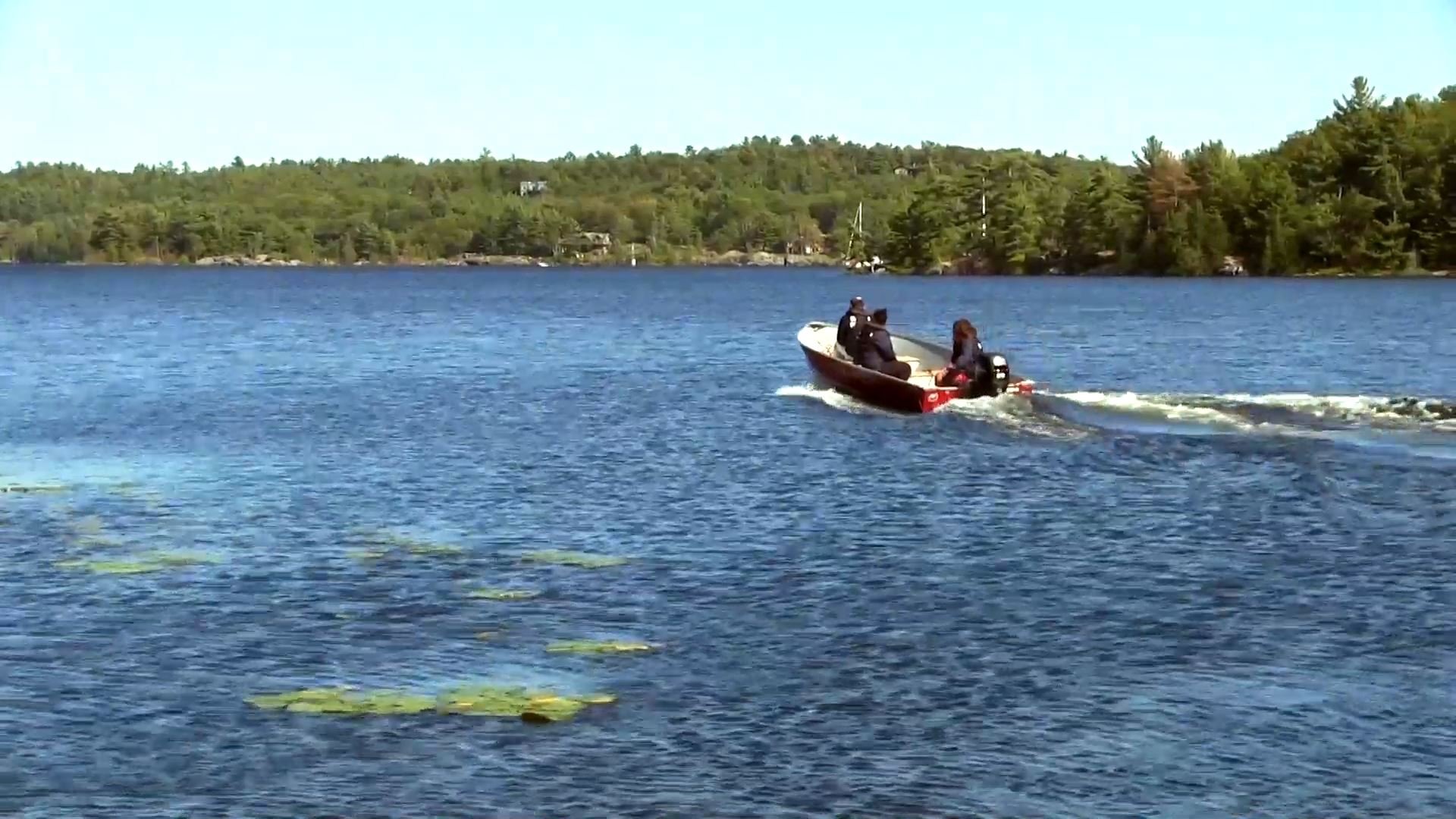
Benefit #2: Take Indigenous Knowledge and “Translate” it so Proponents and Regulators Understand
Land users see changes on the land, in the waters, in the birds, fish, and animals from the perspective of personal experience and historical knowledge. Regulators overseeing impact assessment processes, and the scientists working for proponents – the company proposing a major development such as a mine - see the land from the perspective of numbers, charts, and graphs. Particularly if your program is connected to a major development project, finding a way to communicate what your land users are observing on the land in a way that regulators and proponents will understand is important if they’re going to properly hear and address your concerns.
For example, you may base your choices for environmental monitoring locations on land user observations – elevating Indigenous Knowledge to the centre of your monitoring plan. At that point, the scientific data you collect from those locations become useful in reinforcing what you’ve observed.
As SVS’s Jessica Ward asserts, “you’ve seen the changes and you’re telling them in words, but to actually have that monitoring program with data that validates what the community members already know makes for a more compelling argument.” Using western scientific data as a way to document the knowledge your land users have about your territory empowers your community to take a firm position with a proponent in terms of what you’re seeing.
“The way to translate Indigenous Knowledge, translate what you know, into a language that will get noticed is through the gathering of environmental monitoring data,” says Alison Gamble.
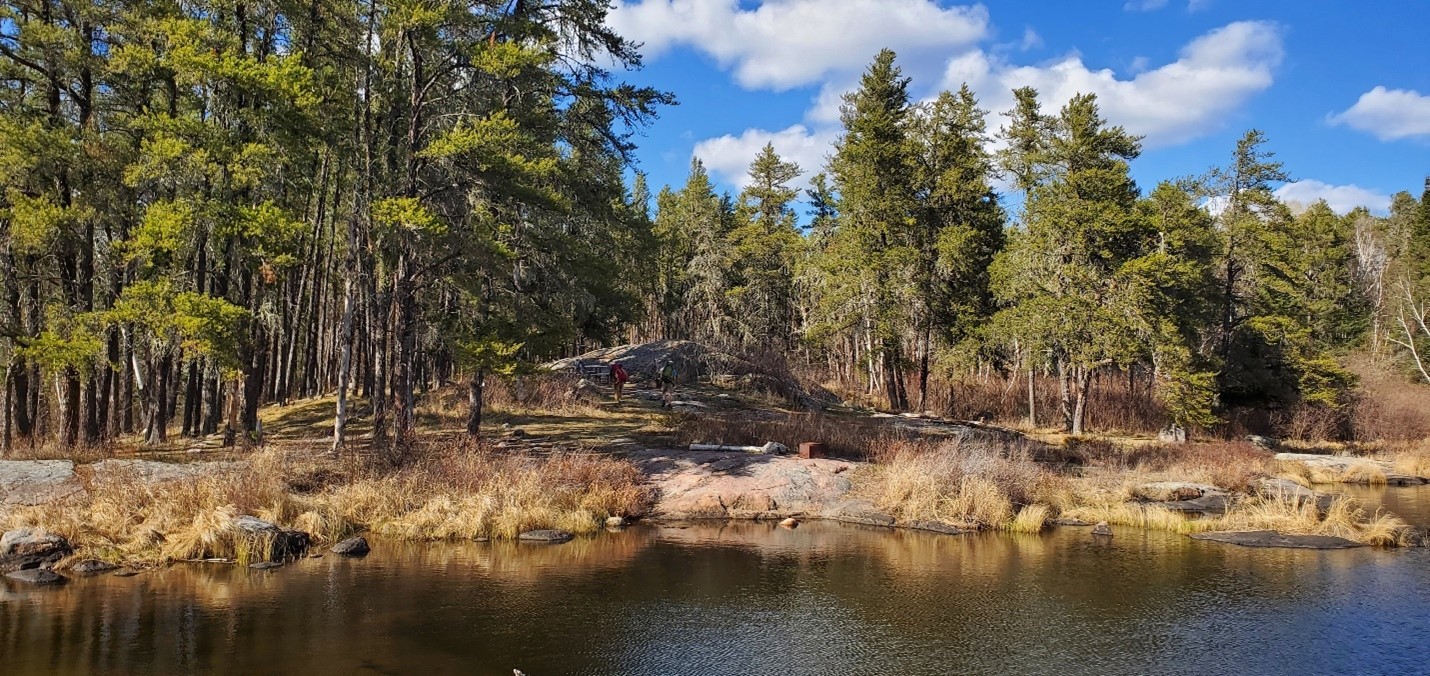
SVS’s Jessica Batson articulates the process of “translating” Indigenous Knowledge into western science well: “To establish how you know what you know, and how to present it to the proponent in a way that you feel confident in because they’ll accept the information and be able to make sense of it, is important.”
It’s worth acknowledging here that we are unfortunately still operating inside the confines of a colonial system that is largely deaf to the broader understanding and unique world views Indigenous Nations bring to the protection of lands and waters. We hope that, as conversations such as this one further infiltrate the offices of regulators and proponents and the minds and hearts of scientists, we will see change for the better.
Benefit #3: Prepare for Expected and Unexpected Impacts
Your community’s Indigenous Knowledge captures the changes seen on your land and allows you to take action. Gathering your Indigenous Knowledge and then gathering western science through environmental monitoring puts you in a unique position to be proactive about future change. Having a baseline that combines both Indigenous Knowledge and scientific data gives you a well-established starting foundation to respond to future change and to advocate for your rights and your land.
Using environmental monitoring data to reinforce Indigenous Knowledge of the land can be particularly useful when there are unexpected impacts during a project. For example, your community may raise concerns over impacts to a particular species and a proponent may respond that according to their information, that species is not present or is not a concern. Having your own data allows you to counter this claim with monitoring data that supports your community’s observations and knowledge. It then becomes much harder for the proponent to dismiss these concerns. Community observations become concrete data – and suddenly both sides are speaking the same language.

Project Example: The Manitoba Métis Federation’s Line Three Monitoring Program: Empowering Citizens
Through their involvement in the Line 3 Indigenous Advisory and Monitoring Committee, the Manitoba Métis Federation secured funding to create a monitoring plan to assesses the health of wetlands and waterways that could be affected by a future pipeline spill. The Manitoba Métis Federation’s objective for the monitoring program was to braid Traditional Knowledge and land use with western science to provide details on the health of wetlands and their ecosystems. To inform the selection of wetlands and waterways for monitoring, the MMF interviewed Métis Harvesters who traditionally harvest in wetlands around the corridor – and then empowered them to be part of the monitoring. Read the whole story here.
Benefit #4: Add Power to Negotiations and Influence Policy Change
Having Indigenous Knowledge reinforced by scientific data amplifies your voice as a community and increases your ability to assert your rights and advocate for the health of your land, resources, and community.
“It ties back to the foundational part of SVS in terms of jurisdiction, stewardship, and future generations. Our reason for being is to help assert what’s important,” says Jessica Ward when talking about how SVS helps communities harness their Indigenous Knowledge to strengthen their power of negotiation.
Being able to translate your community’s knowledge into a language that is understood by proponents puts you in a better position to negotiate impact benefit agreements or to hold a proponent accountable if they aren’t upholding their end of the commitment.
“Looking beyond community-proponent interactions, having baseline data that combines Indigenous Knowledge and scientific data can also help you to influence government policies and resource management decisions,” asserts Jody Duncan.
“A lot of the time, our clients have objectives related to regional planning bodies,” notes Jess Ward. “Whether that’s something like forest management planning or maybe water management planning, having this information readily available gives them a seat at the table and the ability to have their voice, their knowledge and observations, heard in these discussions.”
Climate change is another key area where land user observations combined with western scientific data can have an impact on policy decisions that often directly affect Indigenous Nations. The results of these kinds of community-led monitoring programs can also help inform programming and planning decisions you make as a Nation in the face of climate change.
Benefit #5: Build Relationships
"Indigenous Knowledge can be very helpful in terms of the design and development of a monitoring program,” says Jody. “Getting out on the land with land users and Elders to document some of the features can be extremely helpful in choosing where, when and what to monitor. It sure helps us as consultants get to know people better and understand what matters to them.”
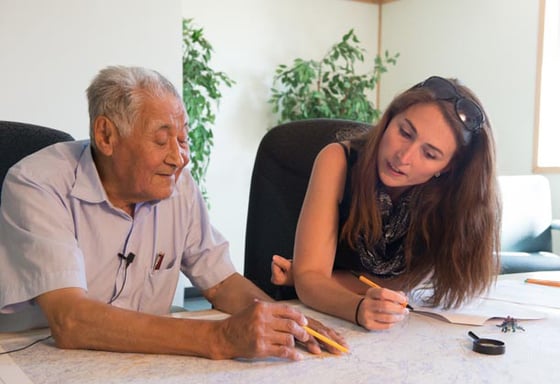 Elevating Indigenous Knowledge in your environmental monitoring program can also strengthen relationships and bonds within the community. Having your environmental monitoring team learning from land users and Knowledge Holders creates a wonderful opportunity for knowledge transfer across generations.
Elevating Indigenous Knowledge in your environmental monitoring program can also strengthen relationships and bonds within the community. Having your environmental monitoring team learning from land users and Knowledge Holders creates a wonderful opportunity for knowledge transfer across generations.
Incorporating this connection to the land and to tradition goes even deeper for some in terms of how the monitoring itself is carried out. Weaving Indigenous systems into environmental monitoring can take the form of ceremony or offerings during sample collection to show respect and recognition for the reciprocal relationship between the land and land users.
Nation-to-Nation cooperation and relationship building also becomes possible when Indigenous Knowledge is integrated into environmental monitoring plans. Engaging neighbouring Nations increases the potential for sharing data and observing changes on a larger scale and to harmonize monitoring programs to cover larger areas. This also has a benefit at the negotiation table as there is strength in numbers when multiple Nations come together to assert their rights.
Project Example: Shawanaga First Nation’s Indigenous Protected and Conserved Area
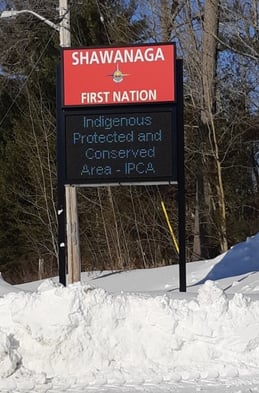 Shawanaga First Nation’s path to establishing an Indigenous Protected and Conserved Area (IPCA) involved partnering with neighbours under an aligned vision and common goals in support of reconciliation.
Shawanaga First Nation’s path to establishing an Indigenous Protected and Conserved Area (IPCA) involved partnering with neighbours under an aligned vision and common goals in support of reconciliation.
Through the IPCA project, Shawanaga started to build relationships with the local cottager's association, land trust, and conservation groups. During meetings about the IPCA, everyone saw that all the parties shared deep concern over the water quality in Georgian Bay and were independently starting separate monitoring programs. That led to a letter of intent to collaborate, joining forces under a common goal to make sure that their monitoring programs were aligned. It allowed each individual group to have a larger combined reach, in terms of capacity and area of coverage. This also helped to further solidify the relationships between parties, knowing that they're striving for the same outcomes.
Read more about Shawanaga First Nation’s IPCA journey here.
The possibilities for elevating Indigenous Knowledge in monitoring programs and placing it at the program’s heart are endless — Nations are the driving force in deciding where they want to go with their programs and how they want to combine Indigenous Knowledge and western science. With the weaving/braiding/equalizing of these two worldviews, environmental monitoring can be so much more than just numbers and data points.
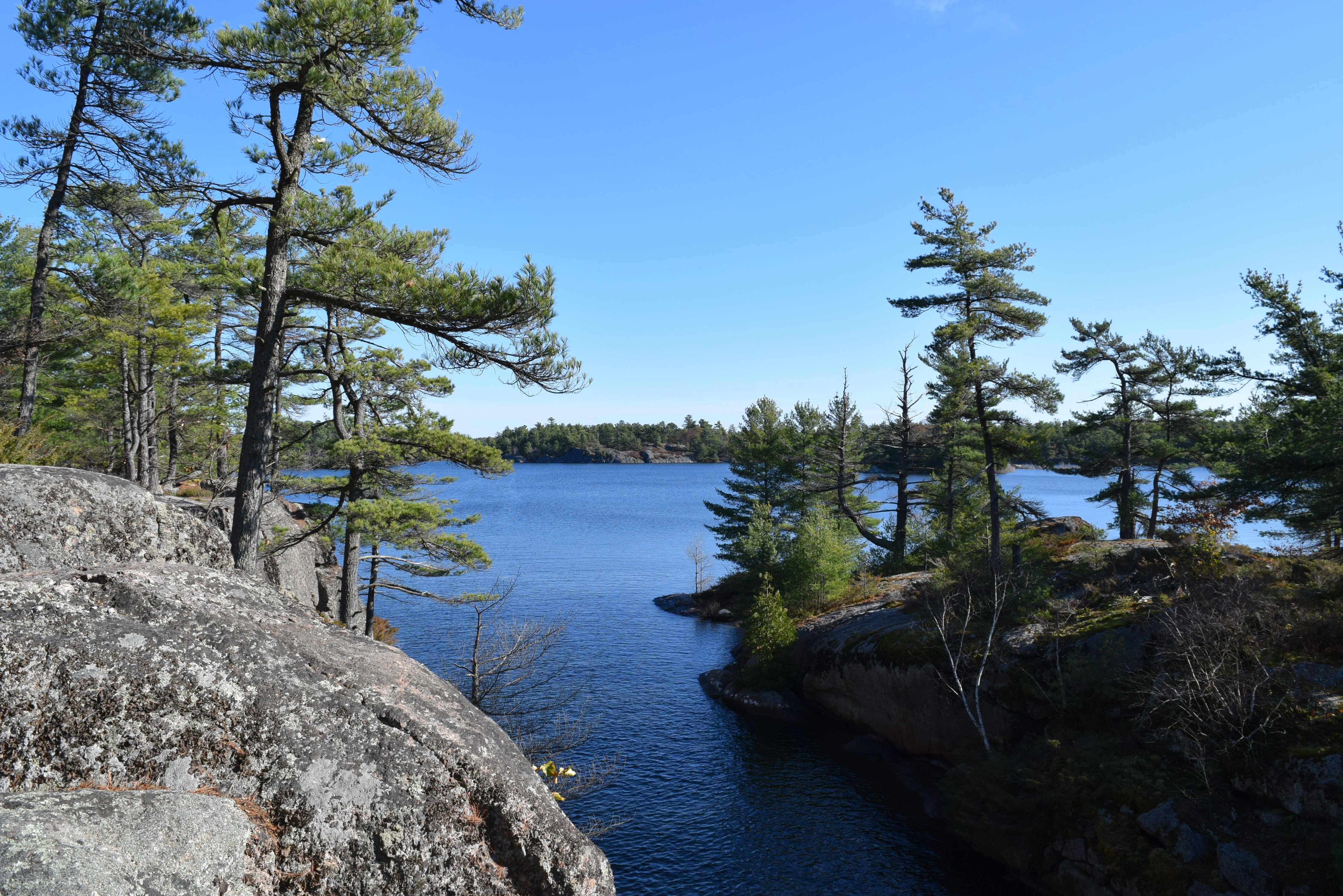
“With a more holistic approach to monitoring, Oral History and stories that include Indigenous Knowledge can be included in the data analysis and interpretation phase,” says Alison Gamble. Overall, you get a more comprehensive picture than looking at just western science alone, and the potential for a better outcome for everyone.
To find out more about harnessing the power of Indigenous Knowledge, download a collection of our most popular and informative posts that explore ways Nations have used Indigenous Knowledge to assert jurisdiction, increase their leverage during negotiations, further their goals for stewardship and cultural revitalization, and enhance community capacity, all in a free eBook: Channeling the Wisdom of Indigenous Knowledge
Are You Looking for Help With Your Environmental Monitoring or Guardians Program?
Please give us a shout. Our team would love to chat through all your options. Or just chat about environmental everything. We are a self-declared group of science nerds who always have time for everything from bats and turtles to caribou and eels and all the systems that nurture and sustain what matters on our planet!
ENVIRONMENTAL MONITORING AND ADVISORY SERVICES at SVS:
Rights and Interests-based Technical ReviewsScientific Advisory Support
Environmental Monitoring
Guardians Program Development
Source Water Protection
Flood Mapping
Climate Change Adaptation
Nature Based Solutions to Climate Change
No matter what stage of a project you are dealing with, we’ve got you covered. Our services integrate to help you reach your goals.
PROTECTING WHAT MATTERS
Protecting your lands and waters is a crucial part of upholding your rights and supporting community well-being. Our team strives to understand your Nation’s values so we can walk alongside you in protecting what matters most.
Whether you need to conduct baseline studies of your waterways, establish a Guardians program, or are looking for strategic scientific advice on the risks of a proposed development, we are here to help in the ways that will be most effective and meaningful.
Our advice and recommendations rest on deep and wide experience and knowledge across many scientific disciplines:
- Aquatic and terrestrial ecology
- Environmental planning
- Wildlife biology
- Endangered species
- Contaminated sites
- Geological sciences
- Water resources management
- Waste management
- Hydrogeology
- Stream restoration
- Fish biology
- Environmental chemistry and toxicology
- Climate change adaptation planning
- Nature based solutions to climate change
Read Our Full 2021 Services Brochure Here To Find Out What Other Great Services We Offer
Get more posts like this directly to your inbox! Sign up for our bi-weekly funding, news and information digest:
About Us: Shared Value Solutions
We are an Canadian B Corp, and we assist Indigenous communities with support throughout regulatory processes surrounding major development projects like mines, hydroelectric facilities, transmission lines, highway expansions, oil and gas pipelines, natural resource transport applications and nuclear power.
We have deep context and experience behind the recommendations we provide, having worked for our clients on almost every major project in Canada over the last 10 years. For us, it’s all about building long-term relationships with our clients. We want to get to know you and what you want to do so we can help you move your plans forward.
- Impact Benefit Agreement Negotiation Support
- Technical Reviews and Regulatory Process Support
- Community and Economic Development Planning
- Indigenous Knowledge and Land Use Studies
- Environmental Monitoring
- Guardians Program Development
- Climate Change Readiness
- GIS and Mapping
- And so much more: www.sharedvaluesolutions.com

